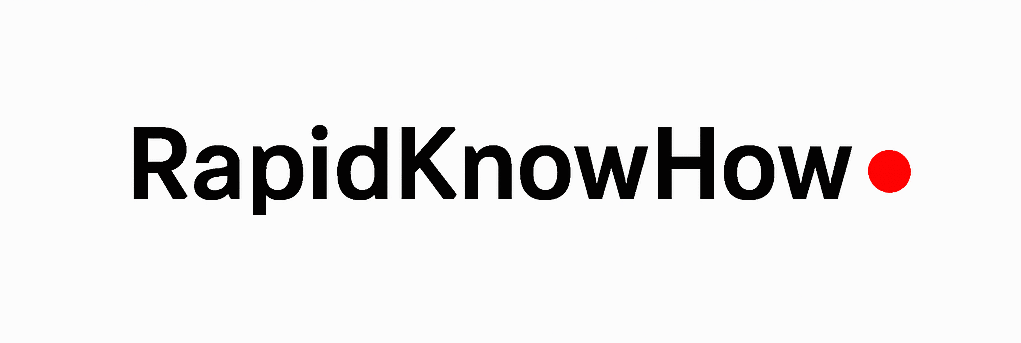Using Reverse Thinking to Avoid Mistakes Others Made
Charlie Munger’s Inversion Strategy is predicated on the idea that instead of focusing solely on how to achieve success, one should also consider how to avoid failure. By thinking in reverse—starting with the desired outcome and working backward to identify potential pitfalls—individuals can gain valuable insights into their decision-making processes. This method encourages critical thinking and helps to illuminate blind spots that might otherwise go unnoticed.
Munger famously stated, “All I want to know is where I’m going to die, so I’ll never go there.”
This quote encapsulates the essence of inversion: by identifying what could lead to failure or negative outcomes, one can take proactive steps to mitigate those risks.
Inverse Strategy Applied: Building WEALTH

Traditional Strategy: Cause to Effect
In traditional problem-solving approaches, the process typically unfolds as follows:
1. **Identify the Problem**: Recognize an issue that needs addressing.
2. **Analyze Causes**: Investigate the underlying factors contributing to this problem.
3. **Develop Solutions**: Create strategies aimed at resolving these causes.
4. **Implement Solutions**: Put the chosen strategies into action.
5. **Evaluate Outcomes**: Assess whether the solutions have effectively resolved the issue.
While this method can be effective in many scenarios, it may overlook critical aspects that could lead to failure if not addressed.
Inversion Strategy: Effect to Cause
The Inversion Strategy flips this process on its head:
1. **Define Desired Outcomes**: Clearly articulate what success looks like.
2. **Identify Potential Failures**: Consider what could go wrong in pursuit of these outcomes.
3. **Analyze Causes of Failure**: Investigate why these failures might occur.
4. **Develop Preventative Measures**: Create strategies aimed at avoiding these pitfalls.
5. **Implement Safeguards**: Put measures in place to mitigate risks associated with potential failures.
6. **Evaluate Effectiveness**: Continuously assess whether these safeguards are working as intended.
By focusing on avoiding negative outcomes first, individuals can create a more robust framework for achieving their goals.
20 Practical Examples of Inversion Strategy
Using Reverse Thinking to Avoid Mistakes Others Made by applying the Inversion Approach
1. **Investing**:
– Traditional Approach: Research companies with strong fundamentals for investment.
– Inversion Approach: Identify companies with poor management practices and avoid investing in them.
2. **Health and Fitness**:
– Traditional Approach: Create a workout plan for weight loss.
– Inversion Approach: Identify habits that lead to weight gain (e.g., excessive snacking) and eliminate them.
3. **Career Development**:
– Traditional Approach: Seek out opportunities for advancement within your company.
– Inversion Approach: Identify behaviors that could lead to job loss (e.g., poor communication) and work on eliminating them.
4. **Project Management**:
– Traditional Approach: Plan a project timeline based on ideal conditions.
– Inversion Approach: Consider what could derail the project (e.g., resource shortages) and plan contingencies accordingly.
5. **Personal Finance**:
– Traditional Approach: Create a budget based on income and expenses.
– Inversion Approach: Identify spending habits that lead to debt accumulation and work on curbing them.
6. **Relationship Building**:
– Traditional Approach: Focus on building connections with others through networking events.
– Inversion Approach: Identify behaviors that drive people away (e.g., being overly critical) and work on changing them.
7. **Public Speaking**:
– Traditional Approach: Prepare a speech focused on engaging your audience. – Inversion Approach: Consider what would make your audience disengaged (e.g., monotone delivery) and avoid those pitfalls.
8. **Time Management**:
– Traditional Approach: Create a schedule prioritizing tasks based on importance.
– Inversion Approach: Identify time-wasting activities (e.g., excessive social media use) and eliminate them from your routine.
9. **Product Development**:
– Traditional Approach: Innovate new features based on customer feedback.
– Inversion Approach: Analyze product failures in similar markets and avoid repeating those mistakes.
10. **Travel Planning**:
– Traditional Approach: Plan an itinerary based on desired destinations.
– Inversion Approach: Identify common travel pitfalls (e.g., missing flights) and create safeguards against them.
11. **Education Choices**:
– Traditional Approach: Choose courses based on interest or career goals.
– Inversion Approach: Consider which courses have led others to regret their choices and avoid those paths.
12. **Marketing Strategies**:
– Traditional Approach: Develop campaigns aimed at attracting customers.
– Inversion Approach: Analyze failed marketing campaigns in your industry and learn from their mistakes.
13. **Home Improvement Projects**:
– Traditional Approach: Plan renovations based on aesthetic desires.
– Inversion Approach: Identify common renovation disasters (e.g., poor planning) and ensure you have a solid plan before starting.
14. **Social Media Presence**:
– Traditional Approach: Focus on increasing followers through engagement strategies.
– Inversion Approach: Recognize behaviors that lead to follower loss (e.g., controversial posts) and avoid them.
15. **Sales Techniques**:
– Traditional Approach: Train sales teams on effective closing techniques. – Inversion Approach: Analyze reasons why customers refuse purchases and train teams to address those objections proactively.
16. **Crisis Management**:
– Traditional Approach: Develop response plans for potential crises.
– Inversion Approach: Identify past crises that were mishandled and learn from those mistakes before they occur again.
17. **Team Dynamics**:
– Traditional Approach: Foster collaboration among team members through team-building exercises.
– Inversion Approach: Identify behaviors that create conflict within teams (e.g., lack of communication) and address them directly.
18. **Customer Service Improvement**:
– Traditional Approach: Train staff on best practices for customer interaction.
– Inversion Approach: Analyze customer complaints thoroughly to understand what not to do during interactions.
19. **Entrepreneurship Ventures**:
– Traditional Approach: Pursue business ideas based on market trends or personal passion.
– Inversion Approach: Research failed startups in similar industries to understand pitfalls you should avoid.
20. **Life Goals Setting**:
– Traditional Approach: Set ambitious life goals based on aspirations or societal expectations.
– Inversion Approach:** Reflect on regrets from others’ lives (e.g., not spending enough time with family) and ensure your goals align with avoiding such regrets.
Conclusion
The inversion strategy offers a powerful lens through which individuals can approach decision-making across various domains of life—from investing and career development to personal relationships and health management. By considering potential failures first, one can develop more effective strategies for success while minimizing risks associated with unforeseen challenges.
Charlie Munger’s emphasis on thinking backward encourages us not only to strive for our goals but also to remain vigilant about the obstacles we may encounter along the way—ultimately leading us toward more informed choices in our personal and professional lives.





